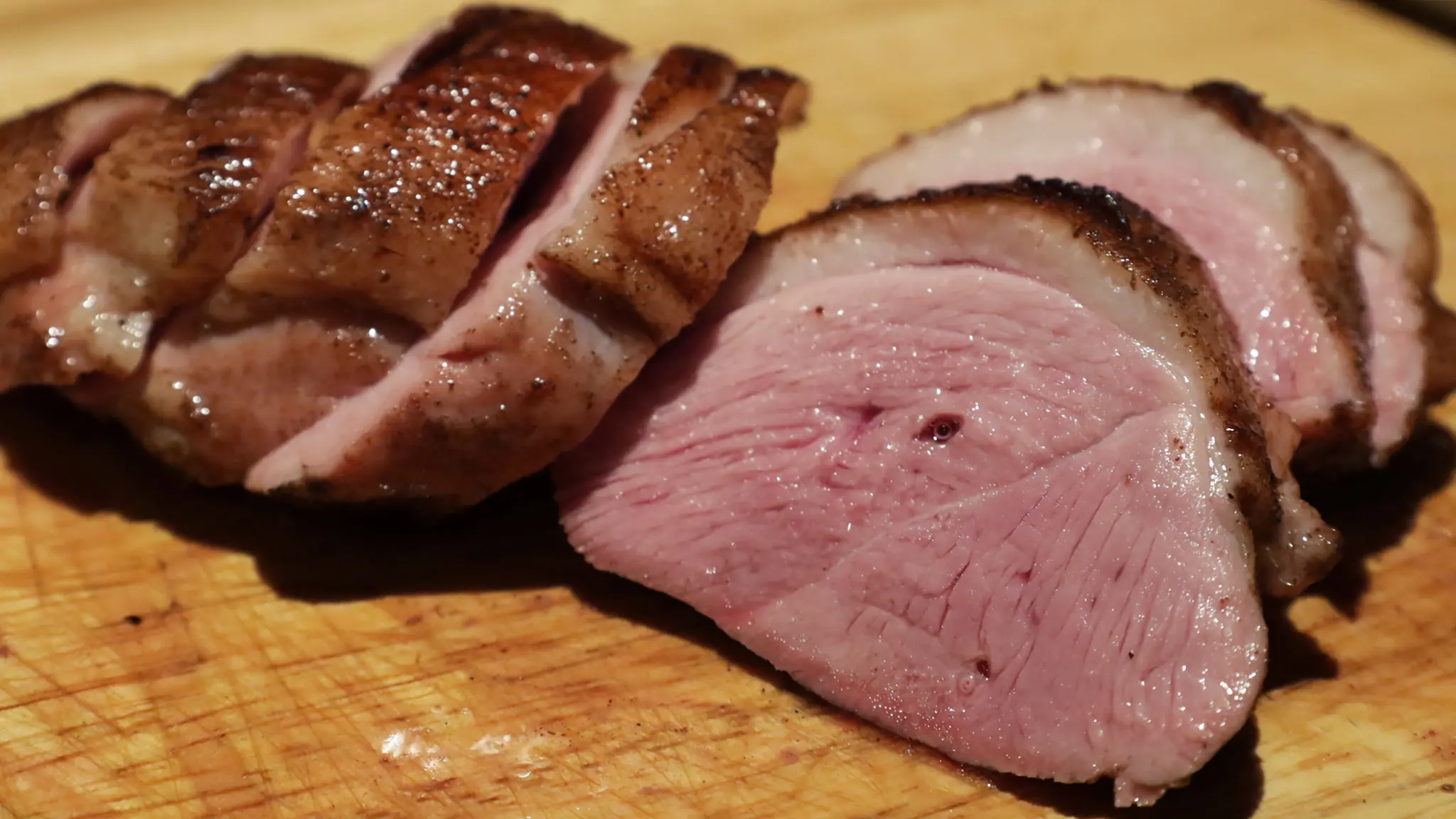Smoked duck breast is a delicious and flavorful dish that can be enjoyed on its own or incorporated into various recipes. However, reheating smoked duck breast can be a bit tricky, as you want to preserve its tenderness and juiciness without overcooking it. In this guide, we will walk you through the process of reheating smoked duck breast to perfection.
Why Smoked Duck Breast?
Smoking duck breast adds a unique smoky flavor and enhances its natural tenderness. The smoking process infuses the meat with delicious flavors, making it a popular choice among food enthusiasts. Whether you have leftovers or want to enjoy smoked duck breast again, reheating it properly is crucial to maintain its quality.
Step 1: Preparing the Smoked Duck Breast for Reheating
Before reheating, it's essential to prepare the smoked duck breast properly. Follow these steps:
- Remove the smoked duck breast from the refrigerator and let it sit at room temperature for about 15 minutes. This allows the meat to warm slightly, ensuring even reheating.
- Preheat your oven to 350°F (175°C) or use a stovetop skillet over medium heat.
- While the oven is preheating, pat dry the smoked duck breast with a paper towel to remove any excess moisture. This step helps to ensure a crispy skin when reheated.
- Season the duck breast with your choice of herbs, spices, or a marinade for added flavor.
Step 2: Reheating Smoked Duck Breast in the Oven
If you prefer to use the oven for reheating, follow these steps:
- Place the smoked duck breast on a baking sheet or in an oven-safe dish.
- Cover the duck breast loosely with aluminum foil to prevent it from drying out.
- Put the baking sheet or dish in the preheated oven and reheat for 10-15 minutes or until the internal temperature reaches 165°F (74°C).
- Once reheated, remove the foil and broil the duck breast for an additional 2-3 minutes to crisp up the skin.
- Let the duck breast rest for a few minutes before slicing and serving.
Step 3: Reheating Smoked Duck Breast on the Stovetop
If you prefer using a stovetop skillet, follow these steps:
- Heat a skillet over medium heat and add a small amount of oil or butter.
- Place the smoked duck breast in the skillet, skin-side down.
- Cook the duck breast for 3-4 minutes on each side, or until the internal temperature reaches 165°F (74°C).
- Remove the duck breast from the skillet and let it rest for a few minutes before slicing and serving.
Frequently Asked Questions
Can I reheat smoked duck breast in the microwave?
It is generally not recommended to reheat smoked duck breast in the microwave, as it can result in uneven heating and a loss of texture. Oven or stovetop reheating methods are preferable for better results.

How long can I store smoked duck breast in the refrigerator?
Properly stored, smoked duck breast can be refrigerated for up to 3-4 days. Make sure to wrap it tightly in plastic wrap or store it in an airtight container to maintain its freshness.
Can I freeze smoked duck breast?
Yes, you can freeze smoked duck breast for longer storage. Wrap it tightly in plastic wrap and place it in a freezer bag or airtight container. It can be stored in the freezer for up to 3 months. Thaw it in the refrigerator before reheating.
In Conclusion
Reheating smoked duck breast is a simple process that requires some attention to detail. Whether you choose to use the oven or stovetop, following these steps will help you preserve the tenderness and flavors of the smoked duck breast. With the proper reheating technique, you can enjoy this delicious dish again and again without losing its quality.
If you want to know other articles similar to How to reheat smoked duck breast: step-by-step guide you can visit the Food category.


Related Articles